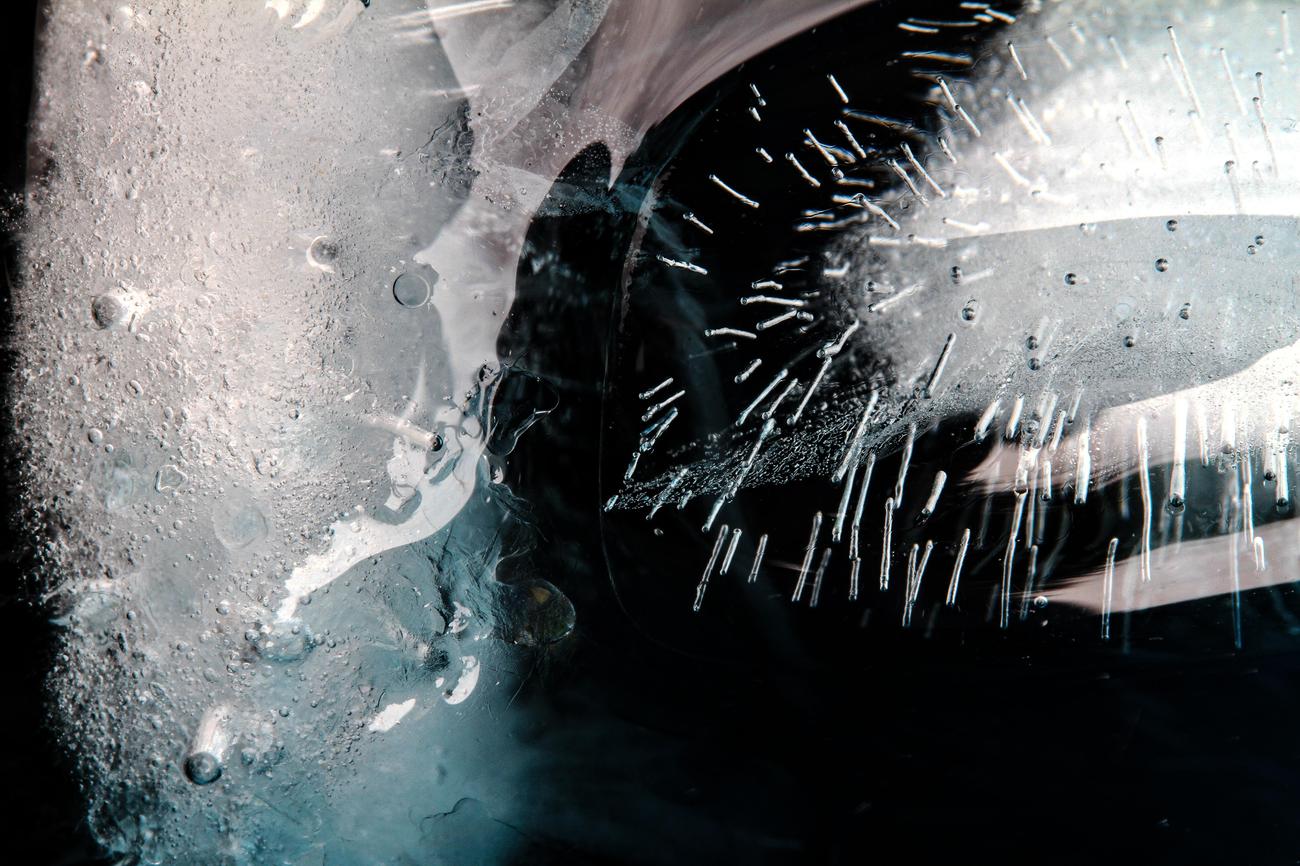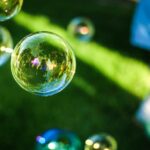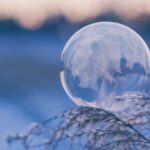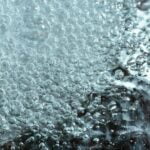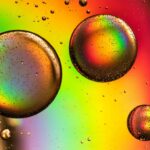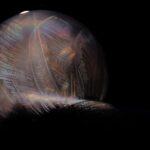Get ready to be captivated by the enchanting world of frozen bubbles! In this article, we are diving deep into the mesmerizing realm of frozen bubbles, uncovering fascinating facts that will leave you in awe. As a seasoned science writer with a background in atmospheric research, I bring an abundance of knowledge and expertise to shed light on this wondrous natural phenomenon. Prepare to be amazed as we unravel the secrets behind the formation, properties, and captivating allure of frozen bubbles. So, sit back, relax, and get ready to embark on an extraordinary journey into the world of frozen bubble wonders!
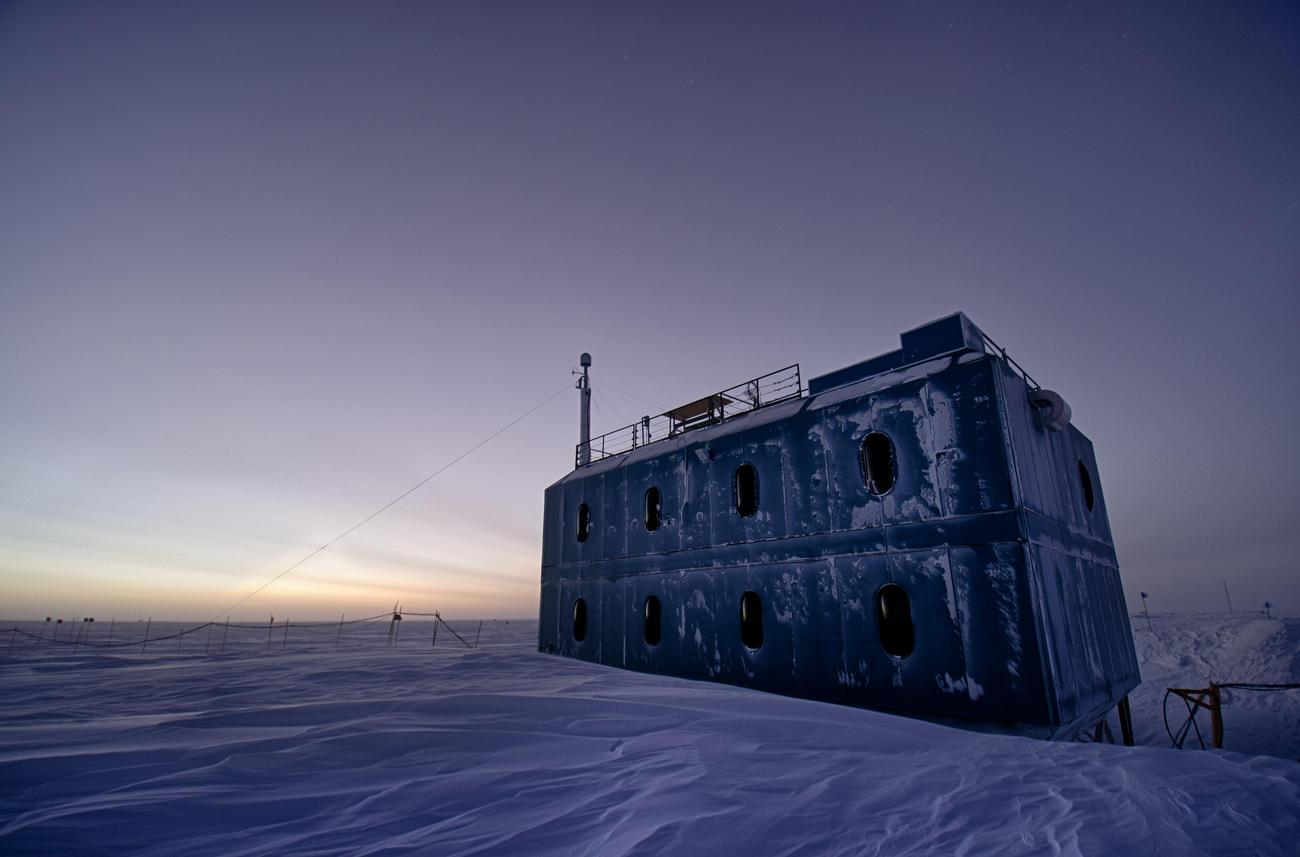
Frozen Bubbles Facts
Imagine a winter wonderland, where the frigid temperatures of Alberta, Canada’s Abraham Lake create a mesmerizing natural phenomenon: frozen bubbles. These captivating spectacles, formed by the freezing of methane gas trapped underwater, offer a glimpse into a world of otherworldly visuals and scientific marvels. As a seasoned science writer with expertise in atmospheric research, I invite you to delve into the enchanting world of frozen bubbles and discover the fascinating facts behind this unique winter spectacle.
Fact 1: Methane, not Air
Did you know that the bubbles trapped beneath the frozen surface of Abraham Lake are not filled with air, but with methane gas? These bubbles are created when organic matter, such as dead leaves, grass, and animals, sink to the bottom of the lake and are consumed by bacteria. These bacteria then excrete methane as a byproduct, which rises to the surface and gets trapped within the ice. The result is a stunning visual display of countless bubbles suspended just below the frozen surface.
Fascinatingly, these bubbles house methane, a potent greenhouse gas that contributes to climate change when released into the atmosphere.
Fact 2: A Flammable Surprise
While frozen bubbles may have an ethereal beauty, it’s crucial to handle them with caution. These delicate spheres of frozen gas can be highly flammable and pose a potential danger if popped near an ignition source. In fact, the trapped methane within these bubbles can ignite, leading to a surprising and potentially dangerous explosion. So, if you ever stumble upon these enchanting frozen wonders, it’s best to admire them from a safe distance.
Remember to always prioritize safety when observing and interacting with frozen bubbles.
Fact 3: Chilling Origins
Ever wondered how these mesmerizing frozen bubbles come into existence? The genesis of these extraordinary frozen creations lies at the bottom of the lake. Bacteria thriving on decaying vegetation release methane, a naturally occurring gas. As winter descends upon Abraham Lake and temperatures plummet, the bubbles rise from the depths and become trapped within the ice, creating an enchanting spectacle for all to behold.
The beauty of frozen bubbles lies in the intriguing journey from the lake’s depths to the icy surface, a journey driven by the interplay of temperature and natural processes.
Fact 4: Environmental Implications
While frozen bubbles offer a visually stunning spectacle, it’s essential to consider the environmental implications associated with this phenomenon. The methane trapped within these bubbles is a potent greenhouse gas, capable of contributing to climate change when released into the atmosphere. As such, the presence of these bubbles serves as a stark reminder of the ongoing environmental concerns we face. Nevertheless, they also provide an opportunity to engage in meaningful discussions about climate change and the importance of sustainable practices.
Frozen bubbles symbolize the delicate balance between natural beauty and the urgent need for environmental conservation.
Fact 5: Creating Your Own Frozen Bubbles
Interested in experiencing the enchantment of frozen bubbles firsthand? You can recreate this captivating phenomenon with a simple activity perfect for both kids and the young at heart. All you need is a bubble solution and cold temperatures. The colder the temperature, the better your chances of success. Venture outdoors on a chilly winter day, blow bubbles into the frosty air, and watch in awe as they freeze and create delicate, miniature works of art.
Engage in winter science experiments with frozen bubbles and unlock the joy of discovery while exploring the wonders of nature.
In conclusion, the world of frozen bubbles is a realm of scientific fascination and natural beauty. From the flammable surprises hidden within their delicate frames to the chilling origins rooted in the depths of Abraham Lake, these frozen wonders never fail to captivate our imaginations. However, as we marvel at their enchanting presence, let’s also remember the environmental implications they represent and strive towards a future where beauty and sustainability coexist harmoniously.
So, the next time you encounter frozen bubbles, take a moment to appreciate their magic, and let your mind wander in wonder at the astonishing marvels nature has to offer.
Let the frozen bubbles of Abraham Lake serve as a reminder of both the fragility and splendor of our planet.
Fascinated by the mesmerizing beauty of frozen bubbles? If you’re looking for some mind-blowing facts about frozen bubbles, we have got you covered! Prepare to be amazed as we take you on a journey through the enchanting world of frozen bubbles. From the science behind their formation to the stunning photographs they create, there’s so much to discover. So, why wait? Click here to uncover the intriguing facts about frozen bubbles now: Facts about frozen bubbles. Get ready to be captivated!
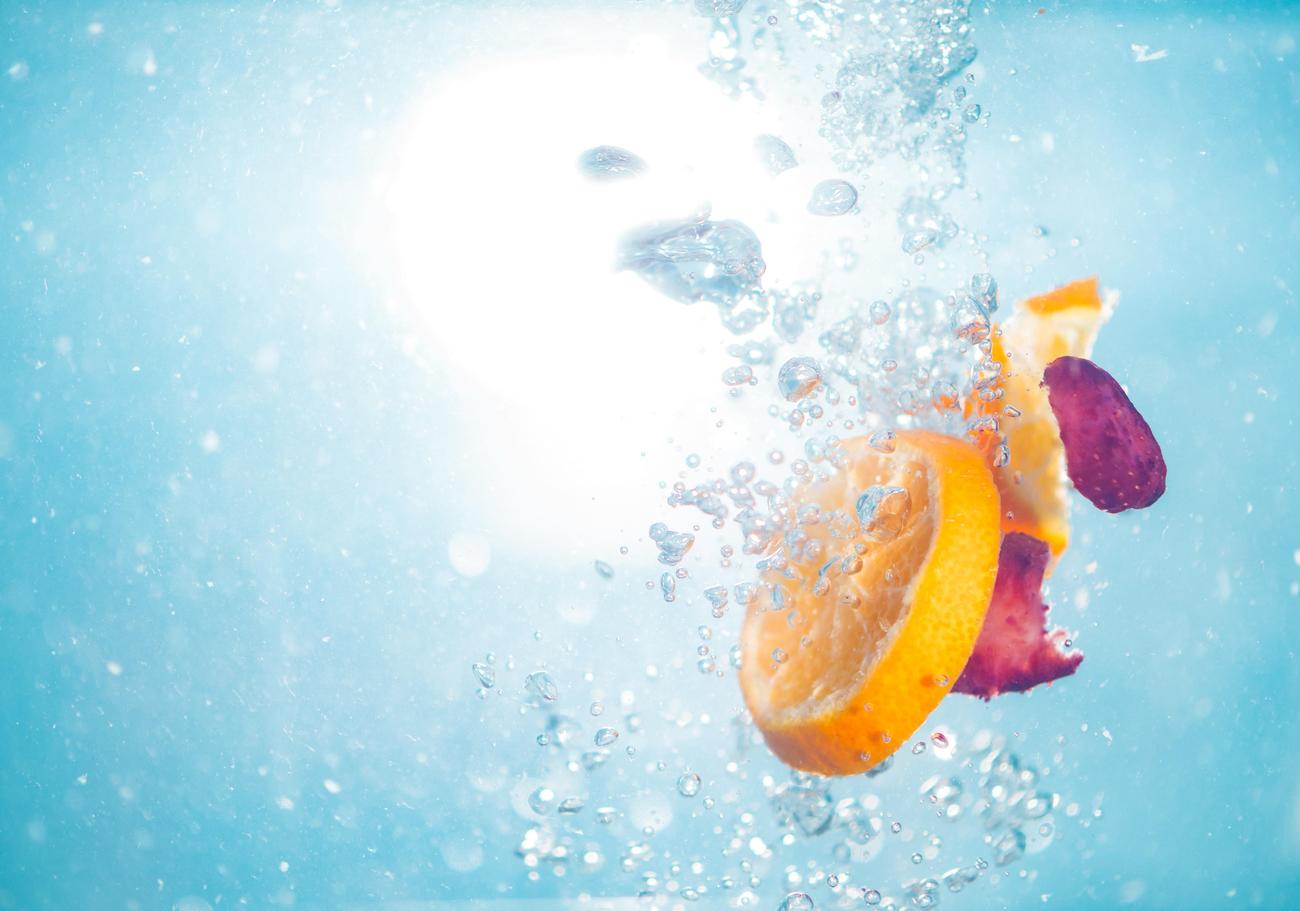
FAQ
Question 1:
What causes frozen bubbles to form at Abraham Lake in Alberta, Canada?
Answer 1:
Frozen bubbles at Abraham Lake form when methane gas, released by bacteria consuming decomposing vegetation at the bottom of the lake, gets trapped underwater, freezes, and creates mesmerizing visuals.
Question 2:
Are the bubbles trapped in the ice made of air?
Answer 2:
No, the bubbles trapped in the ice at Abraham Lake are not air bubbles. They are composed of methane gas, which is produced by bacteria that consume fallen leaves, grass, and animals in the water.
Question 3:
Why are the frozen bubbles at Abraham Lake highly flammable?
Answer 3:
The frozen bubbles at Abraham Lake are highly flammable because they are filled with methane gas. A slight spark or flame near these bubbles can potentially cause a significant explosion.
Question 4:
Can people create their own frozen bubbles?
Answer 4:
Yes, people can create their own frozen bubbles using bubble solutions and cold temperatures. The colder the temperature, the better the chances of successfully making frozen bubbles.
Question 5:
Are frozen bubbles safe to pop?
Answer 5:
No, frozen bubbles at Abraham Lake should not be popped due to their high flammability. Popping them could result in a dangerous explosion. It is important to admire them from a safe distance.
- Unveiling the Enigma: Mansoureh Khojasteh Bagherzadeh’s Public Appearances & Private Life in Iran - July 18, 2025
- Unveiling the Mystery: Mansoureh Khojasteh Bagherzadeh’s Husband: A Rare Glimpse into a Private Life - July 18, 2025
- Unveiling Masoud Khamenei’s Mother: Power, Influence, and Iran’s Future - July 18, 2025
